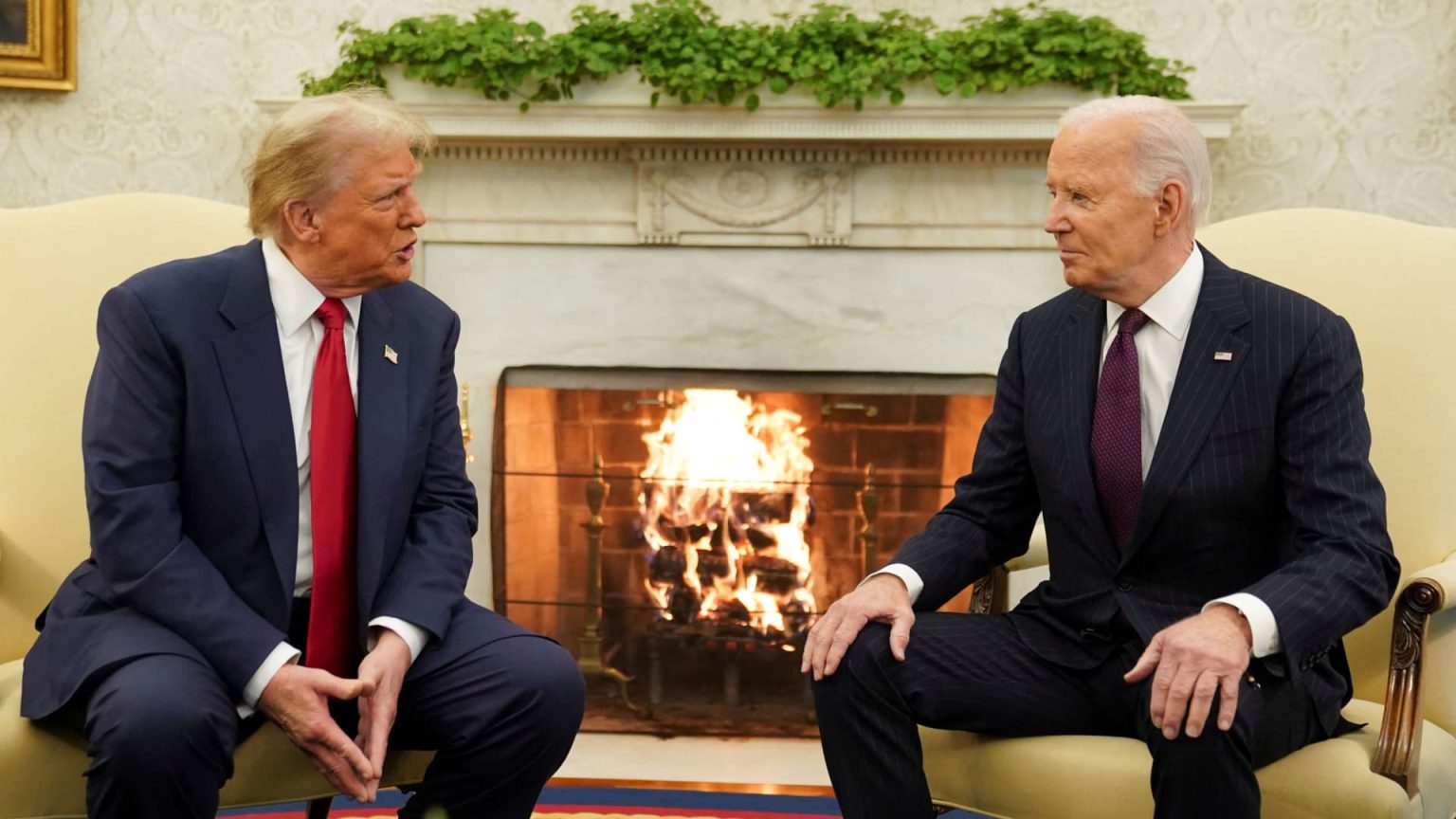In a significant policy move, the Trump administration confirmed that it will continue adhering to the stringent corporate merger and acquisition guidelines established during the Biden administration. This decision, expressed by key officials including Federal Trade Commission (FTC) Chair Andrew Ferguson and Omeed Assefi, the acting head of the Department of Justice’s antitrust division, signals a substantial shift away from anticipated easing in corporate regulations. The ruling is viewed as a triumph for an anti-corporate faction within the Trump administration, particularly led by Vice President JD Vance, and has left Wall Street and business interests apprehensive about future merger opportunities.
| Article Subheadings |
|---|
| 1) Impact of the Guidelines on Corporate Mergers |
| 2) The Populist Influence on Antitrust Policies |
| 3) Key Provisions in the Current Guidelines |
| 4) Stability and Credibility in Antitrust Enforcement |
| 5) Industry Reactions and Future Implications |
Impact of the Guidelines on Corporate Mergers
The decision to uphold the Biden-era merger guidelines has significant implications for corporations looking to expand through acquisitions. Under the current framework, mergers will likely face increased scrutiny and potentially be blocked if they are deemed to further consolidate already highly concentrated markets. This could lead to a decrease in the number of proposed mergers as firms assess their risk levels under the stricter guidelines. Many analysts suggest that this move will hinder corporate growth strategies and complicate future transactions as companies adapt to the stricter environment with limited opportunities for mergers.
The Populist Influence on Antitrust Policies
The retention of these guidelines signifies a win for the populist factions of the Trump administration, namely those led by Vice President JD Vance, who have consistently voiced opposition to perceived corporate greed and monopolistic behaviors. This group has found unexpected allies among some leaders from the Biden administration, particularly Lina Khan, the FTC chair. Together, they emphasize the necessity of stronger antitrust enforcement, asserting that robust regulations protect consumers and foster competition rather than allowing large corporations to dominate the market.
Key Provisions in the Current Guidelines
The merger guidelines established under Biden’s leadership include a detailed list of criteria that the FTC and DOJ must consider when evaluating proposed mergers. These factors encompass a range of elements—from the concentration of market shares to competitive dynamics between firms. Notably, the guidelines are designed to prevent mergers that could eliminate substantial competition and to refrain from endorsing vertical mergers that may inhibit market accessibility for competitors. By maintaining this strict framework, officials believe it helps sustain competitive markets and protect consumer interests.
Stability and Credibility in Antitrust Enforcement
The decision to retain the existing guidelines promotes a sense of stability necessary for both enforcement agencies and the corporate sector. Andrew Ferguson articulated this viewpoint, suggesting that frequent changes in guidelines compromise agency credibility and serve to confuse businesses navigating the regulatory landscape. As he pointed out, the agency can ill afford to overwhelm its limited resources with constant policy rewrites. The continuity in these guidelines is intended to solidify the enforcement framework, making it predictable and reliable for businesses looking to navigate their merger strategies.
Industry Reactions and Future Implications
The reaction from industries, particularly on Wall Street, has been one of disappointment. Many anticipated that a shift in administrative policies would create a more conducive environment for mergers and acquisitions, leading to corporate growth opportunities and increased market dynamism. However, as the guidelines remain unchanged, firms must now reconsider their strategies in light of heightened regulatory environments. This development raises questions about the long-term effect on corporate mergers, with many analysts forecasting a stricter landscape where mergers become less common, ultimately impacting market structures and competitive landscaping.
| No. | Key Points |
|---|---|
| 1 | The Trump administration will continue using strict merger guidelines established by the Biden administration. |
| 2 | Federal officials indicate that these guidelines protect competition and prevent monopolistic practices. |
| 3 | The continuation of these guidelines represents a win for populist factions within the Trump administration. |
| 4 | Market analysts fear that these regulations could stifle corporate growth and discourage mergers. |
| 5 | Maintaining these guidelines may enhance the credibility and stability of regulatory oversight. |
Summary
The decision to uphold the stringent merger guidelines from the Biden administration marks a significant regulatory stance under the Trump administration. As corporations face increased scrutiny and skepticism about future consolidation efforts, the move emphasizes a commitment to preventing monopolistic practices and preserving competitive markets. This policy underscores the ongoing ideological divides surrounding antitrust practices, illustrating a complex relationship between governmental regulation and corporate interests.
Frequently Asked Questions
Question: What are the current guidelines for corporate mergers?
The current guidelines include criteria that focus on preventing significant increases in market concentration and preserving competition among firms. They aim to avoid approving mergers that could harm market dynamics.
Question: How do these guidelines impact corporate growth?
The strict evaluation criteria could limit the number of approved mergers, leading corporations to rethink their growth strategies and potentially slowing down the pace of consolidation.
Question: Why is stability in merger guidelines important?
Stability in merger guidelines is crucial as it provides predictability for businesses and helps maintain the legitimacy of enforcement agencies, thereby ensuring that companies can operate without the concern of abrupt regulatory changes.


